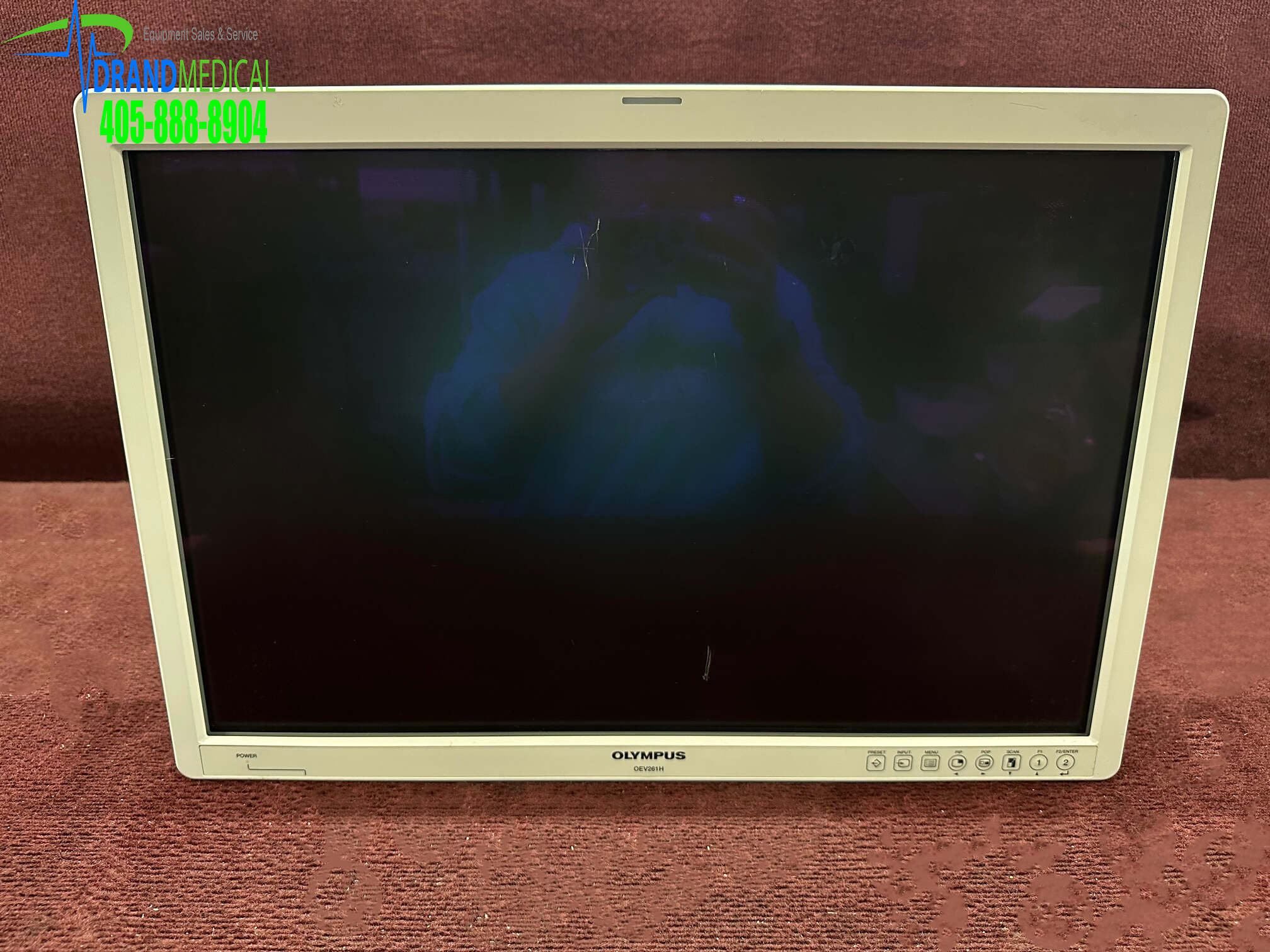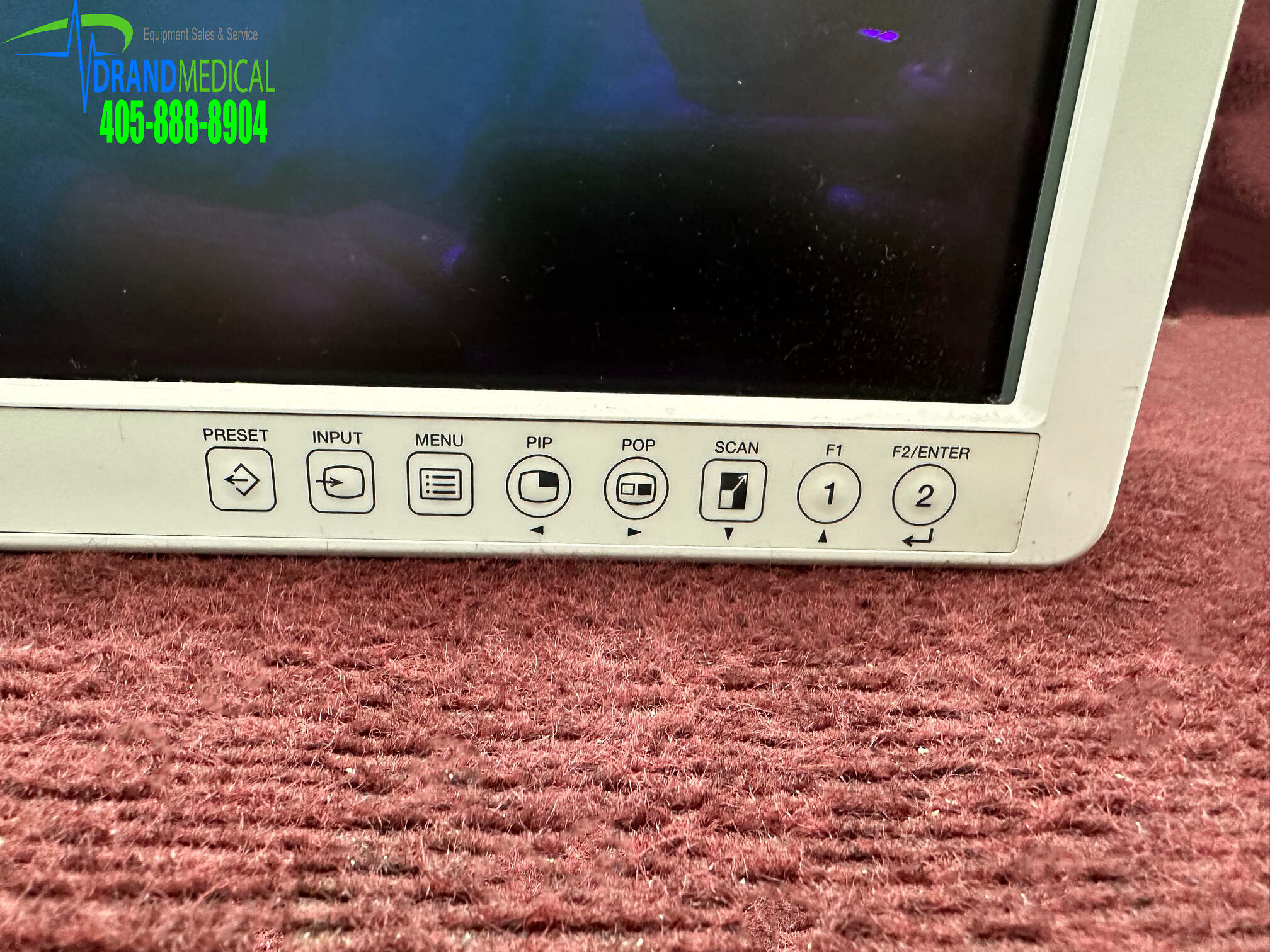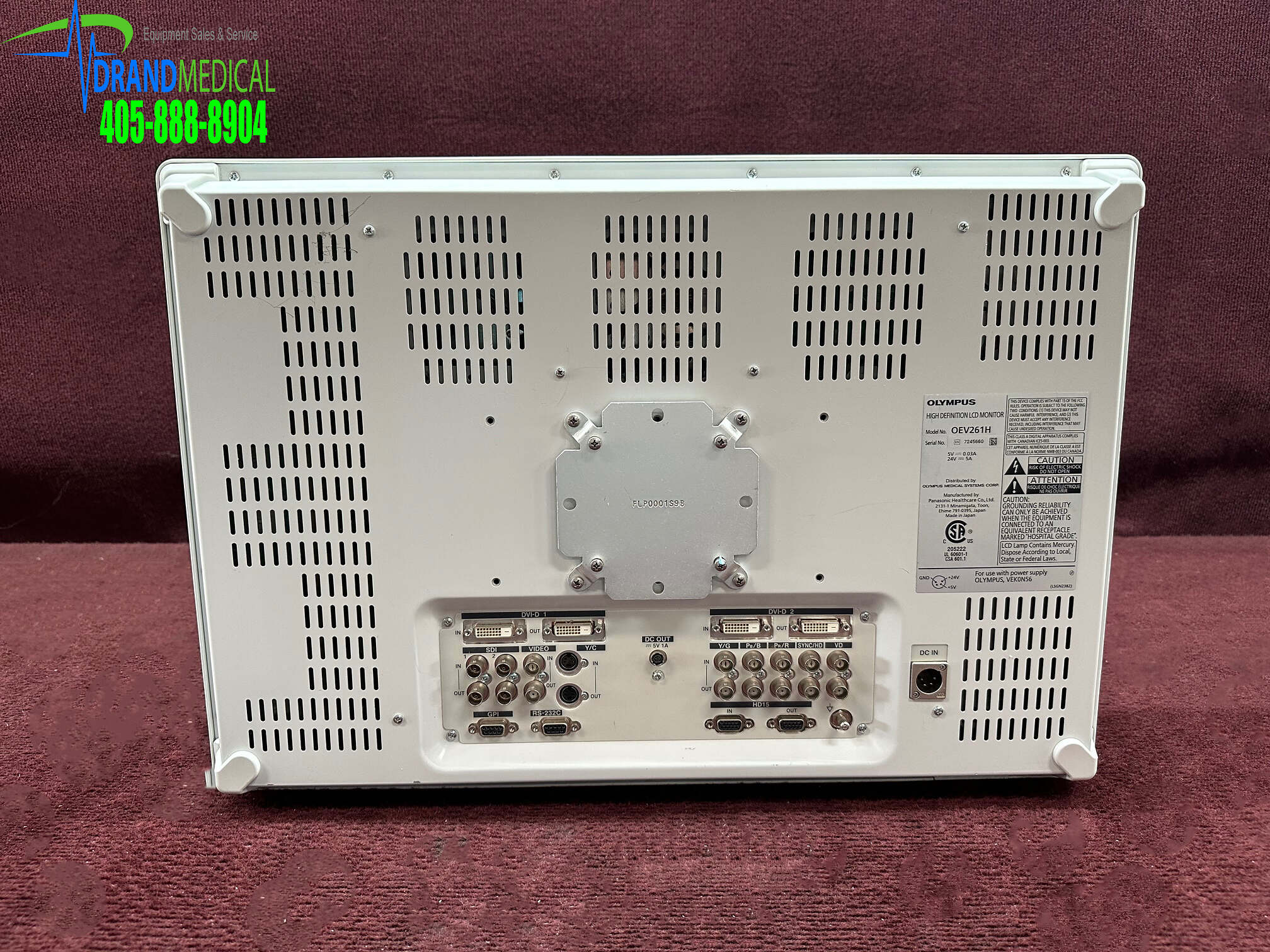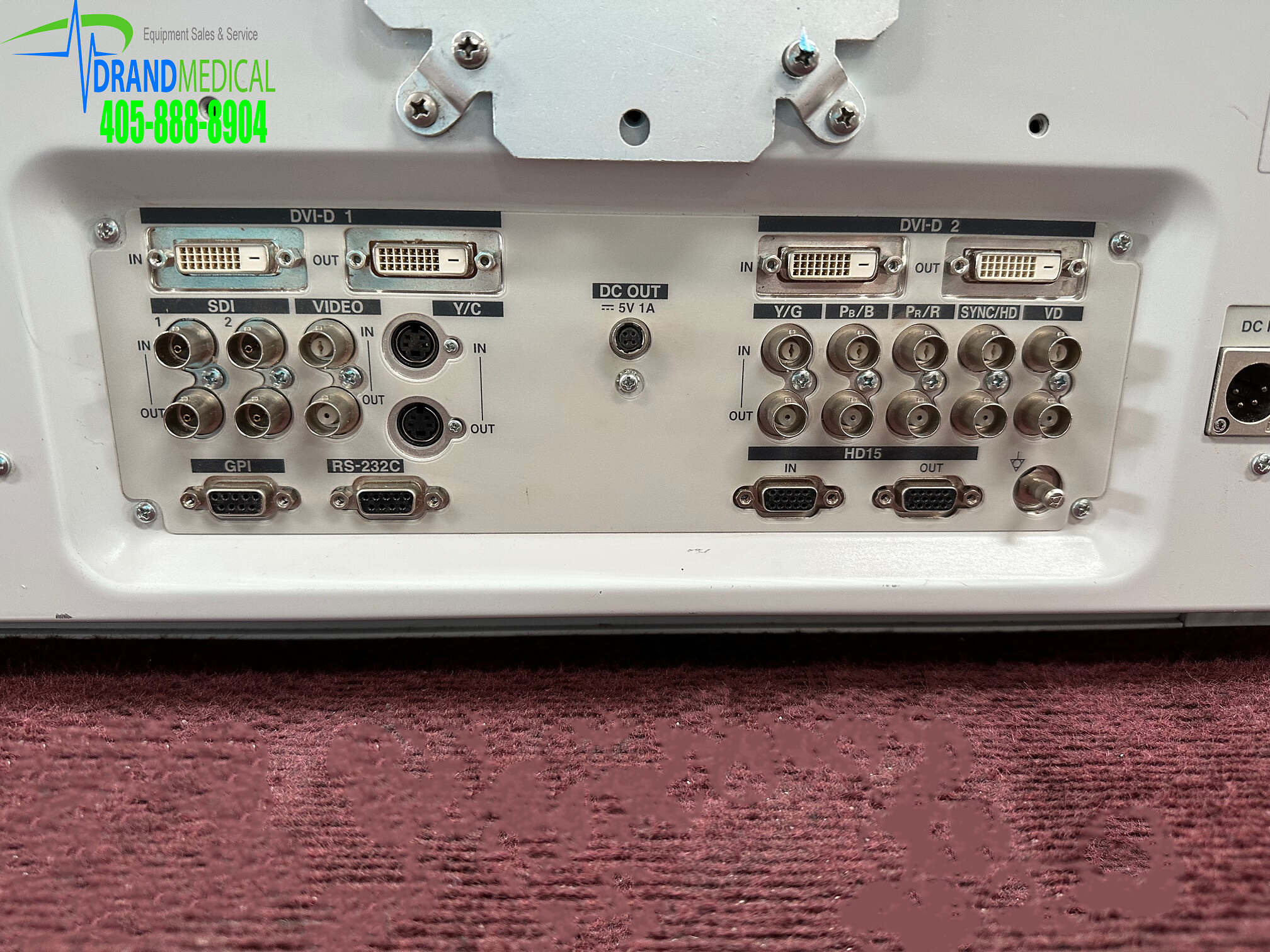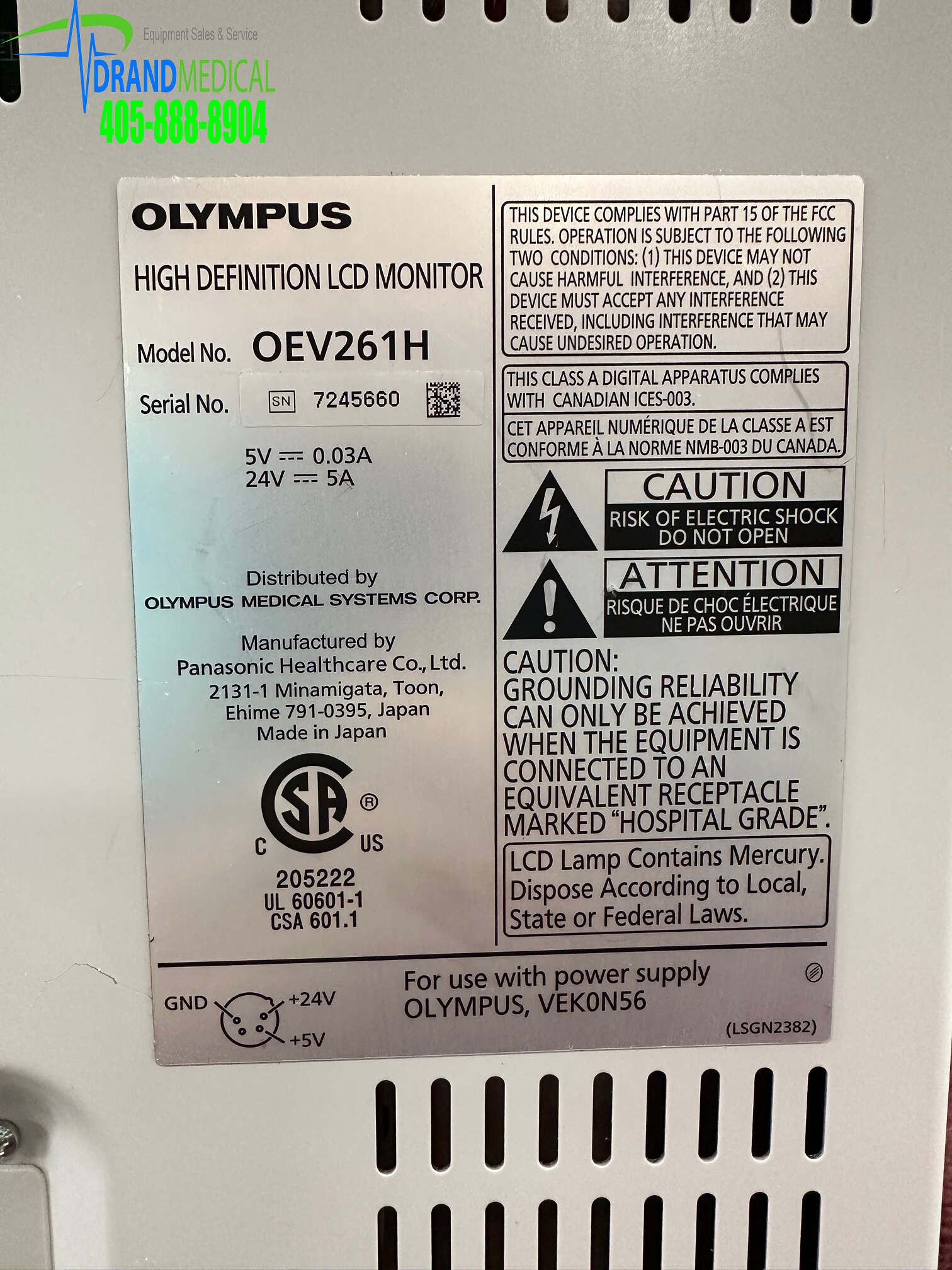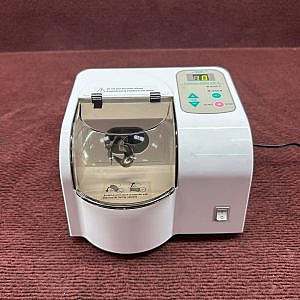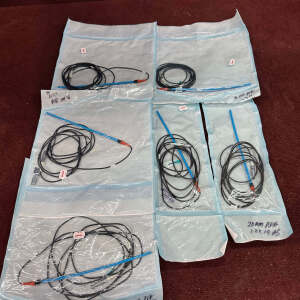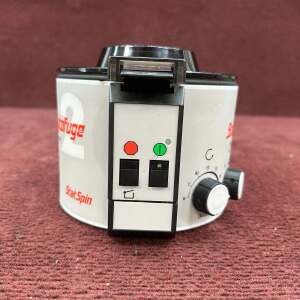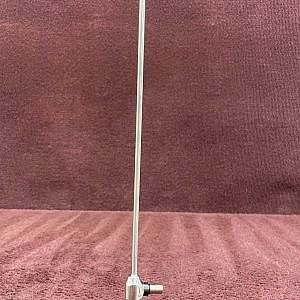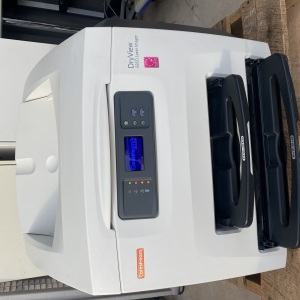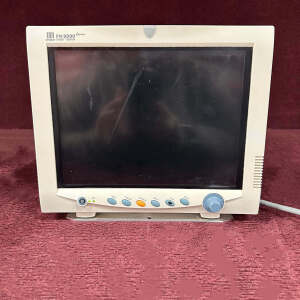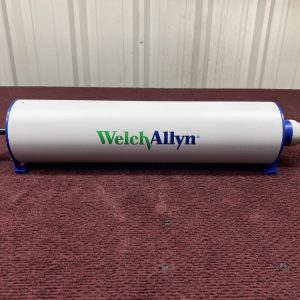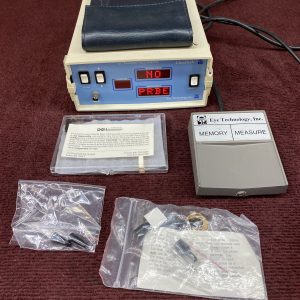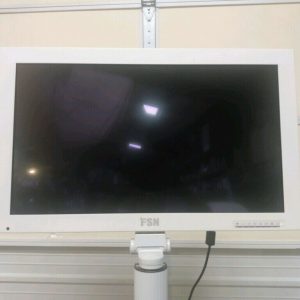Description
Intended use
This instrument has been designed to be used with Olympus endoscopes, light
source, video system center, camera control units and endoscopic ultrasound
centers for endoscopic diagnosis and video observation.
Do not use this instrument for any purpose other than its intended use.
Instruction manual
This instruction manual contains essential information on using this instrument
safely and effectively. Before use, thoroughly review this manual and the
manuals of all equipment that will be used during the procedure and use the
equipment as instructed.
Keep this and all related instruction manuals in a safe, accessible location. If you
have any questions or comments about any information in this manual, please
contact Olympus.
-
Terms used in this manual
Video system center:
The video system center is a device that converts signals from a
videoscope or video converter into monitor images.
Camera control unit:
The camera control unit is a device that converts signals from a fiberscope
or rigid endoscope into monitor images.
Ultrasound center:
The ultrasound center converts the ultrasonic signals from an ultrasonic
endoscope or probe into monitor images.
Light source:
The light source provides light and electrical signals to the endoscope.
Wall mains socket outlet:
An electrical outlet that has a terminal used exclusively for grounding.
Aspect ratio:
It is a unit that expresses a rate of a screen side and a vertical length.
The aspect ratio of 4:3 is used usually for SDTV.
The aspect ratio of 16:9 is used usually for HDTV.
VESA mounting standards:
These are the standards to be applied when mounting an LCD panel on a
monitor mount or stand. These standards were defined by the Video
Electronics Standards Association (VESA), a US-based organization
concerned with computer display devices.
Mobile workstation:
The mobile workstation is a special trolley on which this monitor is placed.
PIP (Picture in Picture)
The sub display is put in the main display.
POP (Picture out Picture)
The sub display by the side of the main display.
Instrument compatibility
Refer to the “System chart” in the Appendix to confirm that this instrument is
compatible with the ancillary equipment being used. Using incompatible
equipment can result in patient or operator injury and/or equipment damage. It
may also impair the functionality of the instrument.
This instrument complies with medical electrical equipment edition 2
(IEC 60601-1-2: 2007). However when connecting with an instrument that
complies with medical electrical equipment edition 1 (IEC 60601-1-2: 1993), the
whole system complies with edition 1. (See, “EMC information” on page 94 for
EMC compliance level.)
